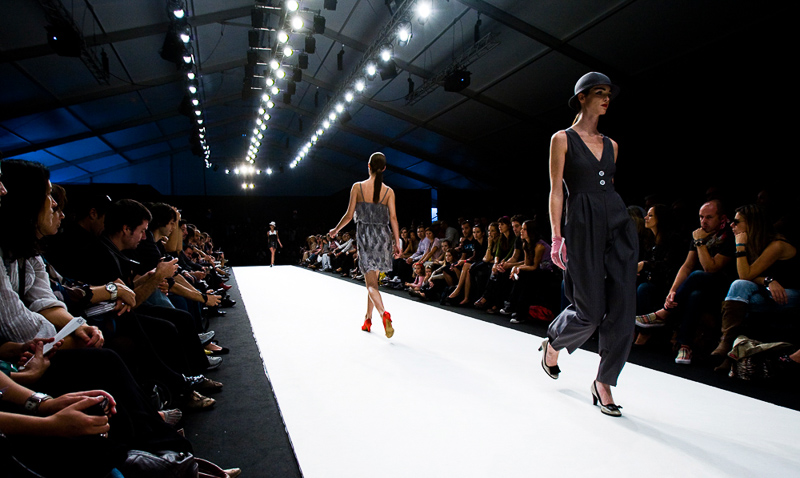The Art of the Catwalk: An Introduction to Fashion’s Most Iconic Runway

In the dazzling world of fashion, the catwalk stands as an iconic stage where models bring designs to life and captivate audiences with their elegant movements. The catwalk, also known as the runway, has become synonymous with the fashion industry and is a pivotal element of fashion shows and presentations worldwide.
This article aims to provide an introduction to the catwalk, exploring its origins, significance, and evolution throughout the years.
The Birth of the Catwalk
The concept of the catwalk dates back to the late 19th century when fashion shows began to emerge as a means for designers to showcase their latest creations. The term “catwalk” is believed to have originated from the practice of models walking on elevated platforms resembling a narrow walkway, mimicking the grace and poise of a cat. These platforms allowed the audience to have a clear view of the garments, emphasizing their movement and detailing.
Evolution of the Catwalk
As the fashion industry evolved, so did the catwalk. What began as a simple platform for models to display clothing gradually transformed into a theatrical experience, blending music, lighting, and choreography to create a mesmerizing spectacle. Designers started incorporating thematic elements into their shows, using the catwalk as a canvas to express their artistic visions.
Fashion Capitals and Catwalk Culture
Fashion capitals like Paris, Milan, London, and New York City emerged as the epicenters of the catwalk culture. These cities became synonymous with hosting prestigious fashion weeks that attract industry professionals, celebrities, and fashion enthusiasts from around the world. The catwalk became a platform not only for showcasing garments but also for setting trends, establishing brand identities, and creating buzz within the fashion industry.
The Catwalk’s Role in Fashion Communication
The catwalk plays a vital role in conveying the essence and message of a designer’s collection. It provides an opportunity for fashion houses to communicate their creative vision, brand philosophy, and the story behind each collection. Models meticulously strut down the runway, showcasing the garments with precision, poise, and confidence, enabling the audience to visualize how the clothing moves and fits.
Models: The Epitome of Catwalk Grace
Models are the stars of the catwalk, epitomizing grace, style, and elegance as they walk, turn, and pose. They undergo rigorous training to perfect their runway techniques, such as maintaining a straight posture, showcasing the garments effectively, and exuding confidence. Models bring life to fashion, embodying the spirit of each collection and capturing the attention of the audience with their commanding presence.
Influence on Popular Culture
The catwalk’s influence extends beyond the realm of fashion. It has seeped into popular culture, inspiring films, documentaries, television shows, and even shaping societal perceptions of beauty and style. The catwalk has become an emblem of glamour, aspiration, and artistic expression, captivating audiences and leaving a lasting impact on the collective imagination.
The catwalk stands as a symbol of creativity, innovation, and artistic expression in the fashion industry. From its humble beginnings to its current status as a global phenomenon, the catwalk has evolved into an integral part of fashion shows, signaling the arrival of new collections and setting trends. It remains a captivating platform where designers, models, and audiences converge, celebrating the artistry and beauty of fashion. The catwalk continues to shape the industry, leaving an indelible mark on the world of style and design.